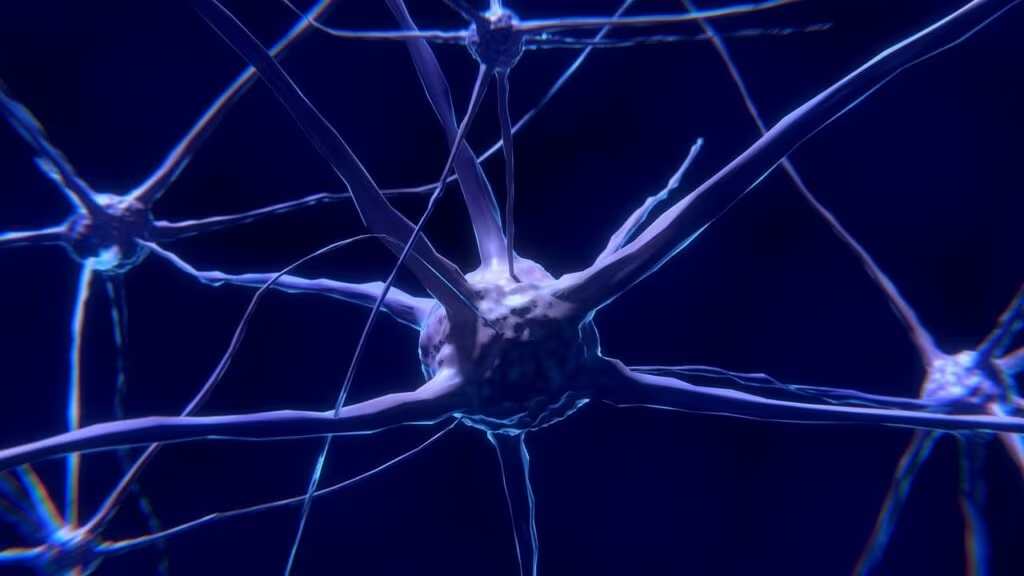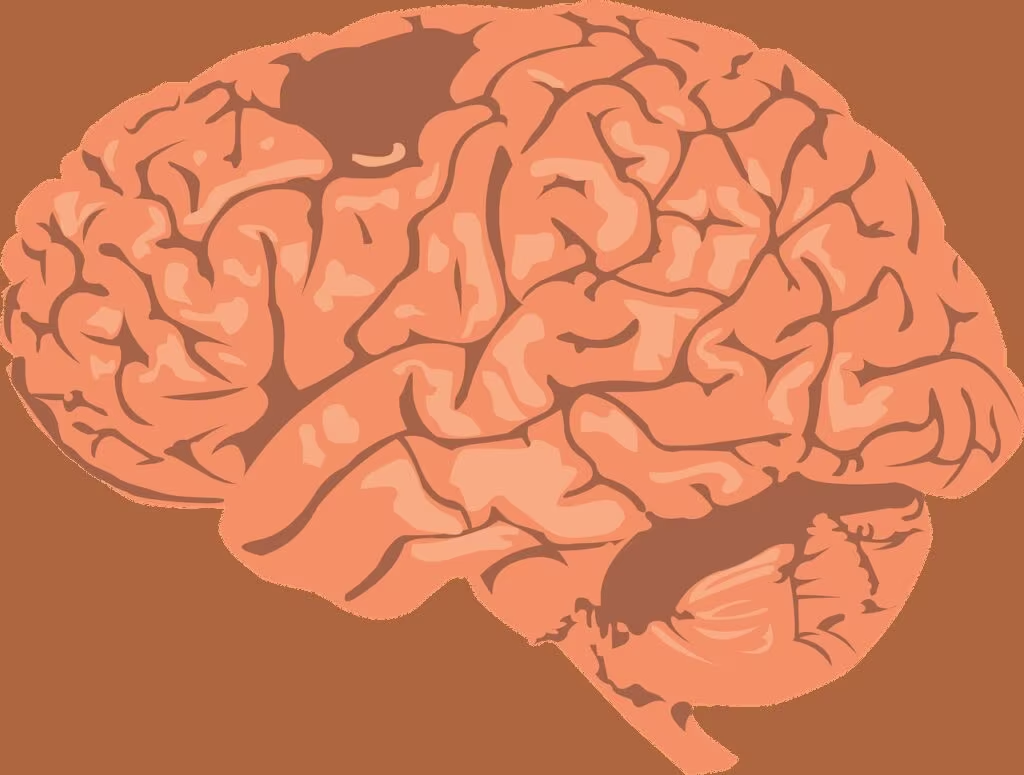Pinpointing the Neural Switch: Researchers Define the Exact Moment the Brain Falls Asleep
For decades, the transition from wakefulness to sleep was viewed as a gradual, subtle process—a gentle dimming of consciousness. However, groundbreaking research from a team at Imperial College London has fundamentally redefined this moment, identifying a precise, measurable event that acts as the brain’s “sleep switch.”
This discovery, achieved through advanced neuroimaging, reveals that the brain does not slowly fade out; instead, it undergoes a sudden, rapid decrease in neural activity concentrated in key regions, marking the definitive onset of sleep.
The Discovery of the Sleep Switch: A Sudden Drop in Neural Activity
The study focused on tracking brain activity as participants transitioned from being awake to entering the first stage of non-rapid eye movement sleep (NREM Stage 1). By combining two powerful neuroimaging techniques—electroencephalography (EEG) and functional magnetic resonance imaging (fMRI)—researchers were able to capture both the electrical and metabolic changes occurring simultaneously.
Defining the Moment: The Sharp Drop in Activity
Traditional EEG, which measures electrical activity, often shows a slow shift in brain wave patterns. However, when researchers integrated fMRI, which tracks blood flow (a proxy for metabolic activity), they observed something far more dramatic: a sharp, rapid reduction in metabolic output just as sleep began.
This drop is so distinct and fast that it functions like a binary switch, suggesting the initiation of sleep is an active, synchronized shutdown process rather than a passive decline. This metabolic marker provides the most objective and precise definition of the moment of sleep onset to date.

The Critical Brain Regions Involved
The research pinpointed two critical components of the brain’s architecture that coordinate this rapid deactivation, effectively isolating the conscious mind from external stimuli:
- The Thalamus: This structure serves as the brain’s primary sensory relay station, filtering and transmitting information from the body and the environment to the cerebral cortex. At the moment of sleep onset, activity in the thalamus drops dramatically. This action is crucial because it cuts off the flow of sensory data to the higher processing centers, allowing the brain to disengage from the external world.
- The Cortex: The cerebral cortex, responsible for conscious thought, awareness, memory, and perception, exhibits a coordinated and sharp reduction in activity immediately following the thalamic drop. This synchronized reduction in cortical processing is what results in the loss of conscious awareness.
The findings suggest that the initiation of sleep is not merely the cessation of wakefulness, but an active, orchestrated process involving the rapid synchronization and subsequent quieting of these key neural circuits.
Advancing Sleep Science: Moving Beyond Traditional Staging
Historically, the classification of sleep stages has relied on the visual interpretation of EEG data, which can be subjective and often struggles to define the exact boundary between wakefulness and NREM Stage 1. The ambiguity has made it challenging to study the precise mechanisms that trigger sleep.
By utilizing the combined power of EEG and fMRI, the Imperial College team provided a physiological marker that is far more robust than previous methods. The fMRI data, reflecting the sharp metabolic drop, precedes and explains the electrical changes seen in the EEG, offering a clearer picture of the underlying neural dynamics.

Clinical and Neurological Implications
The ability to objectively measure the exact moment of sleep onset has profound implications for clinical medicine, particularly in the diagnosis and treatment of sleep and neurological disorders.
Targeted Treatment for Sleep Disorders
For millions suffering from chronic sleep issues, this discovery offers hope for more precise diagnostic tools and therapies.
- Insomnia: If researchers can identify why the neural switch fails to engage in insomniacs—perhaps due to lingering activity in the thalamus or cortex—treatments could be developed to specifically target and quiet those circuits.
- Narcolepsy: This condition involves abnormal and sudden transitions into sleep. An objective marker for the sleep switch could help quantify the dysfunction and improve the timing and efficacy of medications.
Insights into Consciousness and Recovery
Beyond sleep disorders, the research provides a critical model for understanding the mechanics of consciousness. The rapid, active shutdown of specific brain regions during sleep onset mirrors the processes involved in losing and regaining consciousness in pathological states.
This knowledge is vital for patients with severe neurological conditions:
- Coma and Vegetative States: By monitoring the activity levels in the thalamus and cortex, clinicians may gain objective measures of residual consciousness or potential for recovery in patients emerging from comas or vegetative states.
- Neurodegenerative Diseases: Sleep disturbances are closely linked to conditions like Alzheimer’s disease. Understanding the precise mechanism of the sleep switch could reveal early biomarkers or therapeutic targets to mitigate sleep disruption, which is often implicated in the progression of these diseases.
“This finding moves us away from the idea of sleep as a passive process and towards viewing it as an active, rapid transition controlled by specific neural architecture,” noted the research team. “It opens up entirely new avenues for therapeutic intervention and a deeper understanding of the conscious state.”
Key Takeaways
This research provides a new, objective definition of the moment we fall asleep, offering significant advancements for neuroscience and clinical practice:
- The Transition is Binary: Sleep onset is marked by a sudden, rapid drop in metabolic brain activity, functioning like an on/off switch, rather than a slow fade.
- Critical Deactivation: The rapid deactivation occurs primarily in the thalamus (to block sensory input) and the cortex (to cease conscious processing).
- Objective Measurement: The use of combined EEG and fMRI provides a reliable, physiological marker for sleep onset, overcoming the ambiguity of traditional EEG staging.
- Clinical Potential: This marker is expected to lead to more accurate diagnostic tools for sleep disorders, including insomnia and narcolepsy.
- Consciousness Research: The study offers a clearer model for how the brain actively disengages consciousness, aiding research into coma recovery and neurodegenerative conditions.
Conclusion
The identification of the brain’s precise sleep switch represents a major step forward in our understanding of one of the most fundamental biological processes. By providing a concrete, objective definition of sleep onset, the Imperial College London researchers have laid the groundwork for a new generation of targeted interventions. Future research will undoubtedly focus on how to manipulate this neural switch, offering the potential to alleviate chronic sleep deprivation and enhance neurological health for millions worldwide.
Originally published: November 22, 2025
Editorial note: Our team reviewed and enhanced this coverage with AI-assisted tools and human editing to add helpful context while preserving verified facts and quotations from the original source.
We encourage you to consult the publisher above for the complete report and to reach out if you spot inaccuracies or compliance concerns.

